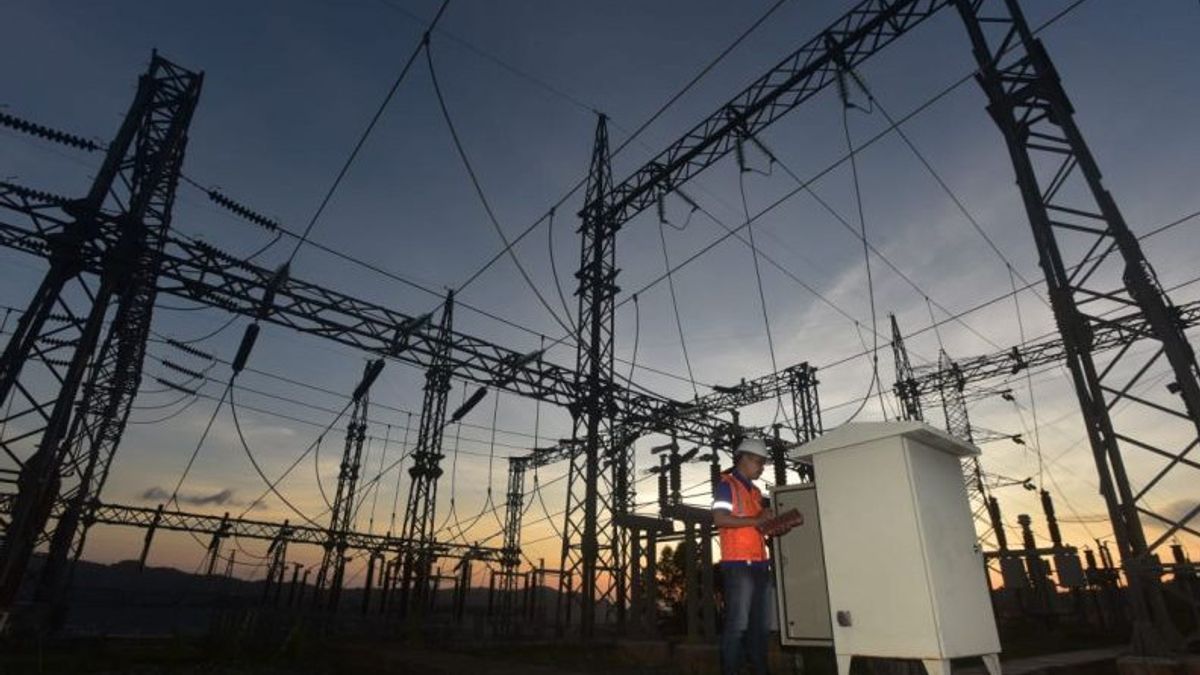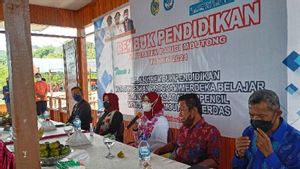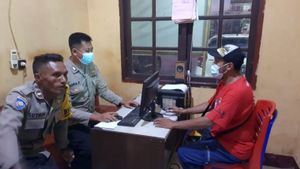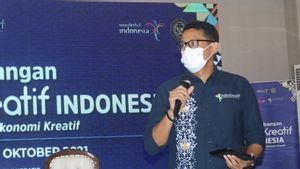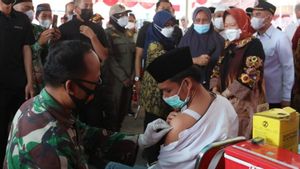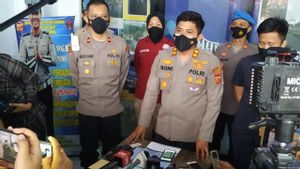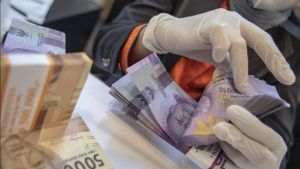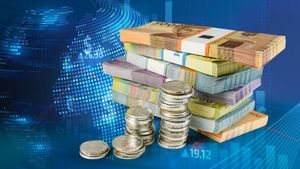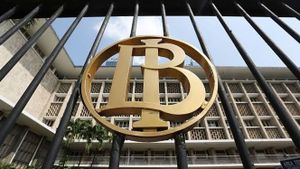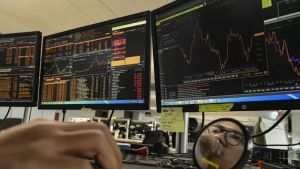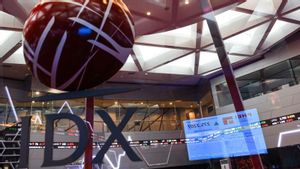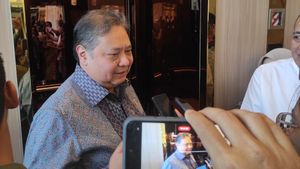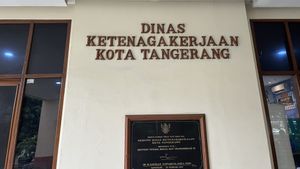JAKARTA - PT PLN (Persero) recorded electricity consumption reaching 187.78 terawatt-hours (TWh) or an increase of 4.42 percent in January-September 2021 compared to the same period last year of 181.63 TWh.
PLN's Director of Commerce and Customer Management Bob Saril said indications of economic recovery can be seen in the growth in electricity consumption in the industrial sector which reached 10.63 percent or 58.04 TWh and has a share of 30.91 percent of total electricity consumption.
"This makes the industrial sector the second-highest ranking after the household sector which has a share of 46 percent with electricity consumption of 85.43 TWh," he said, as reported by Antara, Sunday.
Based on PLN data, the growth in electricity consumption in the industrial sector that experienced the highest growth was the textile industry at 15 percent, followed by iron and steel at 10 percent, cement, and chemicals at 8.0 percent, food and beverages, and plastics at 7.0 percent.
Furthermore, the automotive sector grew by 6 percent, paper by 5.0 percent, processing by 4.0 percent, plantations, timber and mining by 3.0 percent, metals and shoes by 2.0 percent.
"Until the third quarter of this year, the business sector has not grown significantly, at 1.57 percent compared to the same period last year. The business sectors that experienced growth were condominiums and three-star hotels," said Bob.
SEE ALSO:
He further hoped that electricity consumption from retail traders and business offices that previously experienced negative growth could recover soon, as exposure to COVID-19 decreases.
The increase in electricity consumption can also be seen from the increase in the peak electricity load. In the third quarter of 2021, the peak load of the Java-Bali electricity system is above 27.000 megawatts compared to the previous period of 26.000 megawatts.
Meanwhile, the peak load in Sumatra is above 6.200 megawatts, Kalimantan above 1.200 megawatts, North Sulawesi and Gorontalo above 400 megawatts, and Southern Sulawesi above 1.400 megawatts.
PLN will focus on creating demand strategies that are pursued through intensification and extensification efforts to increase electricity sales.
The intensification strategy is carried out by PLN through various bundling and promotions to increase customer convenience, for example, the Super Strikes promotion which was launched to commemorate the 76th National Electricity Day.
This promotional program provides a special price of IDR 202.100 for connection fees for added power services for low-voltage consumers with single-phase power of 450 VA and 4.400 VA in all tariff categories with a maximum final power option of 5.500 VA.
The intensification strategy is also carried out through the implementation of a lifestyle using electricity-based equipment in daily life or an electrifying lifestyle, such as encouraging the ecosystem and the use of one million induction cookers and battery-based electric vehicles.
In addition, the extensification strategy is pursued by PLN through a win-back program, namely acquiring captive power or replacing electricity for companies that still use their own generators with electricity supply from PLN so that companies can focus on their core business.
Another way is to look at potential market niches with electrifying agriculture and electrifying marine programs for the agriculture, livestock, plantation, and fisheries, and marine sectors.
"The two electricity utilization strategies will, of course, provide benefits for customers and business actors, namely increasing the effectiveness and efficiency of operational costs," said Bob.
The English, Chinese, Japanese, Arabic, and French versions are automatically generated by the AI. So there may still be inaccuracies in translating, please always see Indonesian as our main language. (system supported by DigitalSiber.id)
